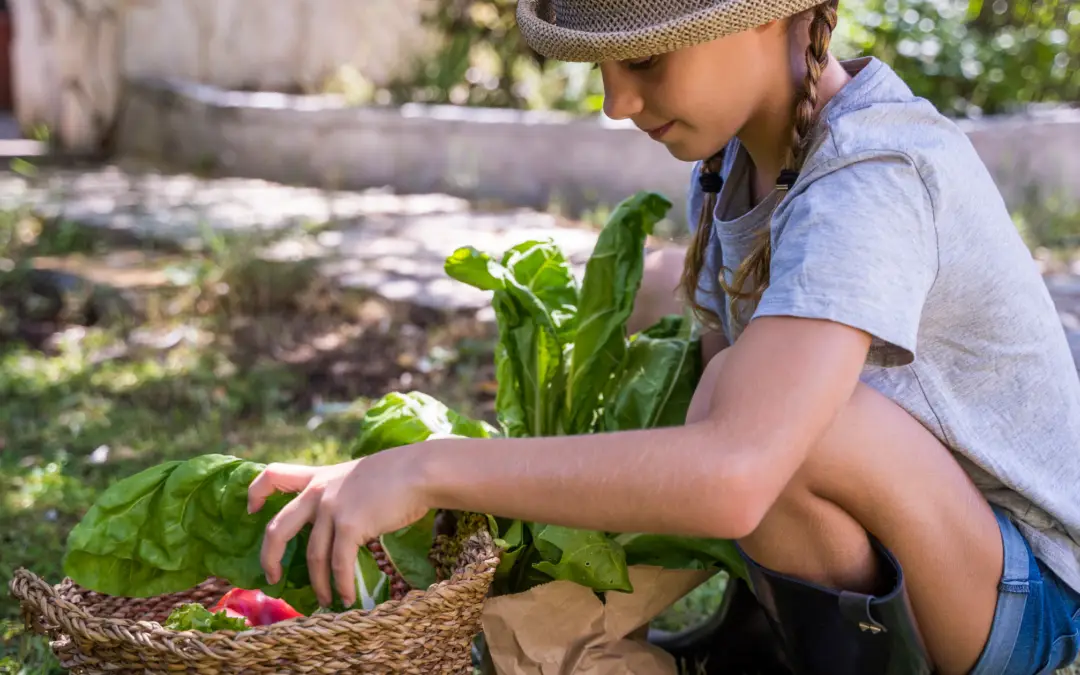Designing outdoor spaces that cater to kids can be a fun and rewarding project for any homeowner. Creating a space that is not only aesthetically pleasing but also safe and engaging for children is key to ensuring they enjoy spending time outdoors. In this blog post, we will explore some tips and ideas for designing kid-friendly outdoor spaces that the whole family will love.
Safety First:
When designing a kid-friendly outdoor space, safety should always be the top priority. It’s crucial to thoroughly assess the area and eliminate any potential hazards, such as sharp edges on furniture or play structures, slippery surfaces that could lead to falls, or toxic plants that could pose a health risk. Additionally, it’s wise to create clear boundaries to keep children within safe zones. Consider installing soft flooring materials like rubber mulch or artificial grass, which can cushion falls and significantly reduce the risk of injuries. These materials not only provide safety but also add an element of fun and comfort to play areas. Furthermore, incorporating features like shaded areas can help protect kids from the sun while they play, making the outdoor space both safe and enjoyable.
Create Zones:
Kids thrive in environments that offer designated areas for various activities. By dividing your outdoor space into specific zones, such as a vibrant play area filled with toys and climbing structures, a cozy reading nook with comfortable seating and shade for those sunny days, and a gardening corner where they can plant and nurture their own flowers or vegetables, you can cater to their diverse interests. This thoughtful arrangement not only fosters creativity and exploration but also helps keep them organized and engaged. As children transition from one zone to another, they can immerse themselves in different experiences while enjoying the fresh air and the beauty of nature.
Incorporate Play Structures:
Adding play structures such as swings, slides, and climbing walls can transform your outdoor space into a delightful mini playground for kids, fostering their creativity and physical activity. It’s essential to ensure that these structures are age-appropriate, as this will help maximize safety and enjoyment for children of different developmental stages. Always check that they meet safety standards to prevent accidents and ensure peace of mind for parents. Additionally, consider incorporating natural elements like tree stumps, boulders, or even a sandpit to provide varied play opportunities that inspire imagination and exploration. These features not only enhance the play experience but also encourage children to connect with nature while developing their motor skills and social interactions.
Include Interactive Features:
Keep kids entertained for hours with engaging interactive features such as water tables, sandboxes, or musical instruments. These elements not only stimulate their creativity but also promote sensory play and exploration, allowing children to engage with different textures, sounds, and activities that enhance their developmental skills. Water tables provide a hands-on experience where kids can splash and pour, while sandboxes encourage imaginative play as they build castles or dig for treasures. Musical instruments allow them to experiment with sounds and rhythms, fostering a love for music. Additionally, it’s important to incorporate comfortable seating areas for parents, where they can relax, unwind, and enjoy some downtime while keeping a watchful eye on their little ones as they play and discover the world around them. This creates a wholesome environment for both children and parents to enjoy.
Encourage Nature Exploration:
Kids have a natural curiosity about the world around them, so why not create an inviting outdoor space that encourages nature exploration and fosters a love for the environment? Consider including elements such as bird feeders that attract various species, butterfly gardens filled with colorful flowers to draw in these beautiful insects, or even a vegetable patch where children can learn about plant growth, seasonal changes, and the importance of sustainable gardening firsthand. This hands-on experience can spark their interest in healthy eating and environmental stewardship. Additionally, incorporating natural materials like wood or stone not only adds texture and visual interest to the space but also creates a more organic atmosphere that blends seamlessly with the surrounding nature. Such a thoughtfully designed area can serve as a vibrant classroom, inspiring creativity and a deep appreciation for the outdoors.
Personalize with Color and Decor:
Add pops of color with vibrant furniture, cushions, rugs, and accessories to create a lively and playful atmosphere in your outdoor space. Think about incorporating bold hues and patterns that not only brighten the area but also complement the natural surroundings. Let kids have a say in choosing decor items that reflect their personality and interests, ensuring they feel a sense of ownership and connection to the space. This could involve selecting cushions with their favorite characters or rugs that showcase their hobbies. Consider painting murals that tell a story or adding whimsical touches like twinkling fairy lights, colorful wind chimes, or fun garden sculptures to enhance the charm and magic of the area. These thoughtful details can transform your outdoor environment into a vibrant haven for both relaxation and imaginative play.
Conclusion
Designing kid-friendly outdoor spaces is all about creating a safe yet engaging environment where children can play, learn, and explore the great outdoors right in their own backyard. By following these tips and ideas, you can transform your outdoor space into a haven for kids of all ages while still maintaining its functionality for adults too. So roll up your sleeves, grab some paintbrushes and get creative – it’s time to design an outdoor oasis that will be enjoyed by the whole family!

